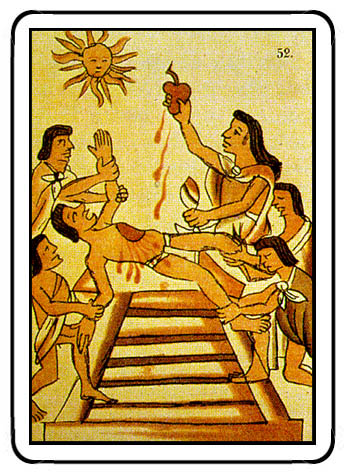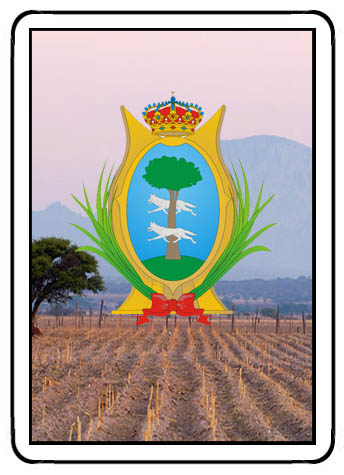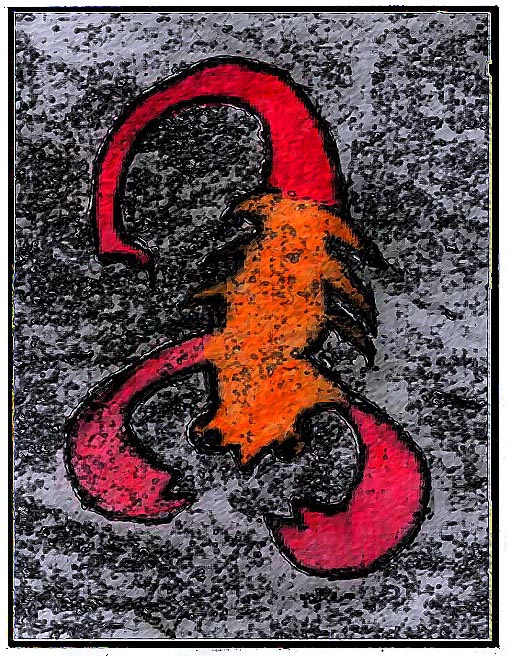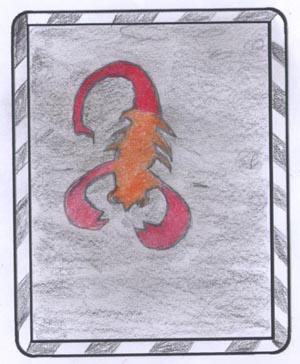
Click on the picture to go to the NEH Oaxaca website, also known as the Wired Humanities Project. Scroll down to High School/Middle School Art / Celeste LeTard Williams / “Lotería” to download the PowerPoint tutorial.
Last summer, when I attended the NEH Oaxaca Institute for School Teachers, I created a PowerPoint tutorial on how to make an original Loteria game about any topic. I am happy to say that it was posted on the Wired Humanities Project page along with some worksheets and resources for the classroom. Just click on the image to the left and it will take you to the lesson plans prepared by myself and my colleagues from last summer’s Mesoamerican Institute. You will need to scroll down to the section which says High School/Middle School Art, then look for my name and the title “Loteria”. There are also some worksheets to be used for students to draw a loteria card, as well as a rubric and a sheet with the original cards and calling rhymes listed on it.
This year, I planned on having my students create a Loteria game about Australia. The idea was to introduce the original Mexican Loteria and to have the students search out analogous icons and symbols from Australia to replace the Latino images. I have done blog entries about this idea in the past. This one actually lists the different cards of the Loteria in order. I also collect Loteria decks and images, which I use for classroom examples.
An important resource is also the gallery of Loteria Card Deck uploads at Elsewhere.org. There are about 20 decks scanned and uploaded to the website. They are great for examples. You could have students research the images there, but just beware of the “Queer” Loteria because of inappropriate images. Some of the other decks are great for pulling images. Or, you can just purchase a Loteria game at a Mexican grocery or at an online source.
The thing I appreciate about Elsewhere.org is that there IS a variety of images. So you can pick and choose your images for classroom appropriateness. There are things on the traditional deck that could be considered inappropriate. For example, La Sirena/The Mermaid is usually bare-breasted. You can find images with covered breasts, such as the Anahuac Sirena and the Compadres Sirena. There is a non-smoking El Catrin (also known as the Dandy, or the Gentleman), El Valiente (The Brave One) without a weapon, La Botella that is not Tequila – yes, I know, the one in the original deck is catsup, but I don’t like the image.
There are also some images that could be offensive, such as El Negrito (The Black Man) and El Borracho (The Drunkard). And, El Soldado (The Soldier) is pretty much always going to have a gun. But, you could replace those images with something else from one of the other decks, such as El Payaso (The Clown), or El Mono (The Monkey) or El Moro (The Moor, or Arab), or El Atleta (The Athlete) or Los Boxeadores (The Boxers). Also, I like it that El Apache could also be El Azteca. And… El Gorrito (the Bonnet – who wears a bonnet anymore?) could be replaced by El Sombrero (The Hat). The possibilities are endless!
I really appreciate the work that was done with the Loteria Card Gallery. Take some time to look throught the images. Especially noteworthy are:
- The Clemente Jacques Series 2 and Alternate Series 2 – These were introduced in the 50’s or 60’s. The images in the Series 2 Alternate look older than the Series 2, which are more refined. These decks are very hard to find – I paid almost $100 for a Series 2 on E-Bay.
- The Loteria de Teresa Villegas – also published by Clemente Jacques and available online – try E-Bay. Teresa Villegas also has a website with more details about her Loteria project.
- My Loteria, by Cristina Sosa Noriega, was available at HEB grocery stores, along with coordinating products. Some of the products are still seen on e-Bay and she has a website.
- The Loteria Zarela was commissioned by WalMart several years ago and was put on a product line for home and bath. Zarela Martinez is a celebrated chef who has a restaurant in NYC and has authored many cookbooks. She also had a designed loteria of fruits and vegetables. These items are very hard to find now.
- Maison-Celeste.com – my CafePress Store is where I display and sell my own Loteria designs.





 Time Warp Trio
Time Warp Trio

 After we read House of the Scorpion, I worked up a lesson plan that I have wanted to do for a long time. I wanted my students to create an personal loteria card that illustrated some event, character, or concept in the story. Then, they were to write a paragraph explaining why they chose that image and what it had to do with the book.
After we read House of the Scorpion, I worked up a lesson plan that I have wanted to do for a long time. I wanted my students to create an personal loteria card that illustrated some event, character, or concept in the story. Then, they were to write a paragraph explaining why they chose that image and what it had to do with the book. the lot of pictures, I decided to “touch them up” a little bit in PhotoShop. The first one I did was the one above. The picture to the left was the original. I cropped it and enlarged it. Then, as I usually do, I intensified the hues. Finally, I used one of the many, many special effects to simulate a stone wall. In the story, the scorpion is probably not stone-aged, but I really liked the effect. After that, I worked on a few more, with good results.
the lot of pictures, I decided to “touch them up” a little bit in PhotoShop. The first one I did was the one above. The picture to the left was the original. I cropped it and enlarged it. Then, as I usually do, I intensified the hues. Finally, I used one of the many, many special effects to simulate a stone wall. In the story, the scorpion is probably not stone-aged, but I really liked the effect. After that, I worked on a few more, with good results.